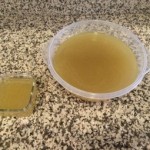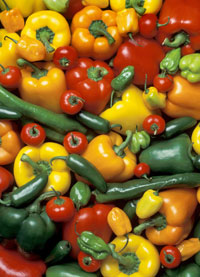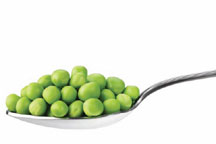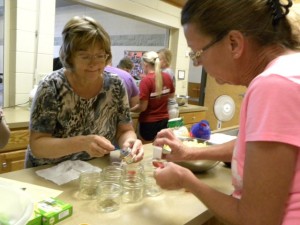Three new infographics have been created to help educate consumers on safe home food preservation.
The topics and where they can be found are:
- What’s Your Elevation?
www.rrc.k-state.edu/preservation/general.html - Canning Tomatoes Safely
www.rrc.k-state.edu/preservation/canning.html - The Canner Counts!
www.rrc.k-state.edu/preservation/index.html
Click on the pictures of each of these to open a larger version to download and use on your social media sites.
Preserve It Fresh, Preserve It Safe!






